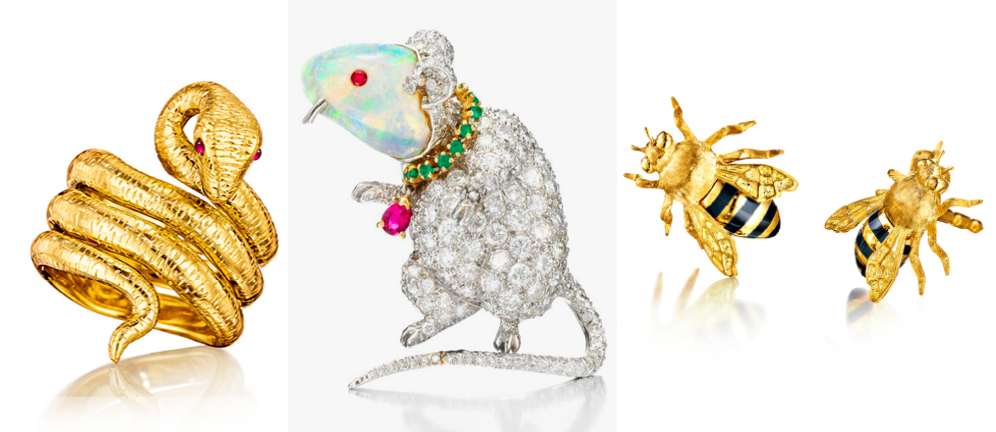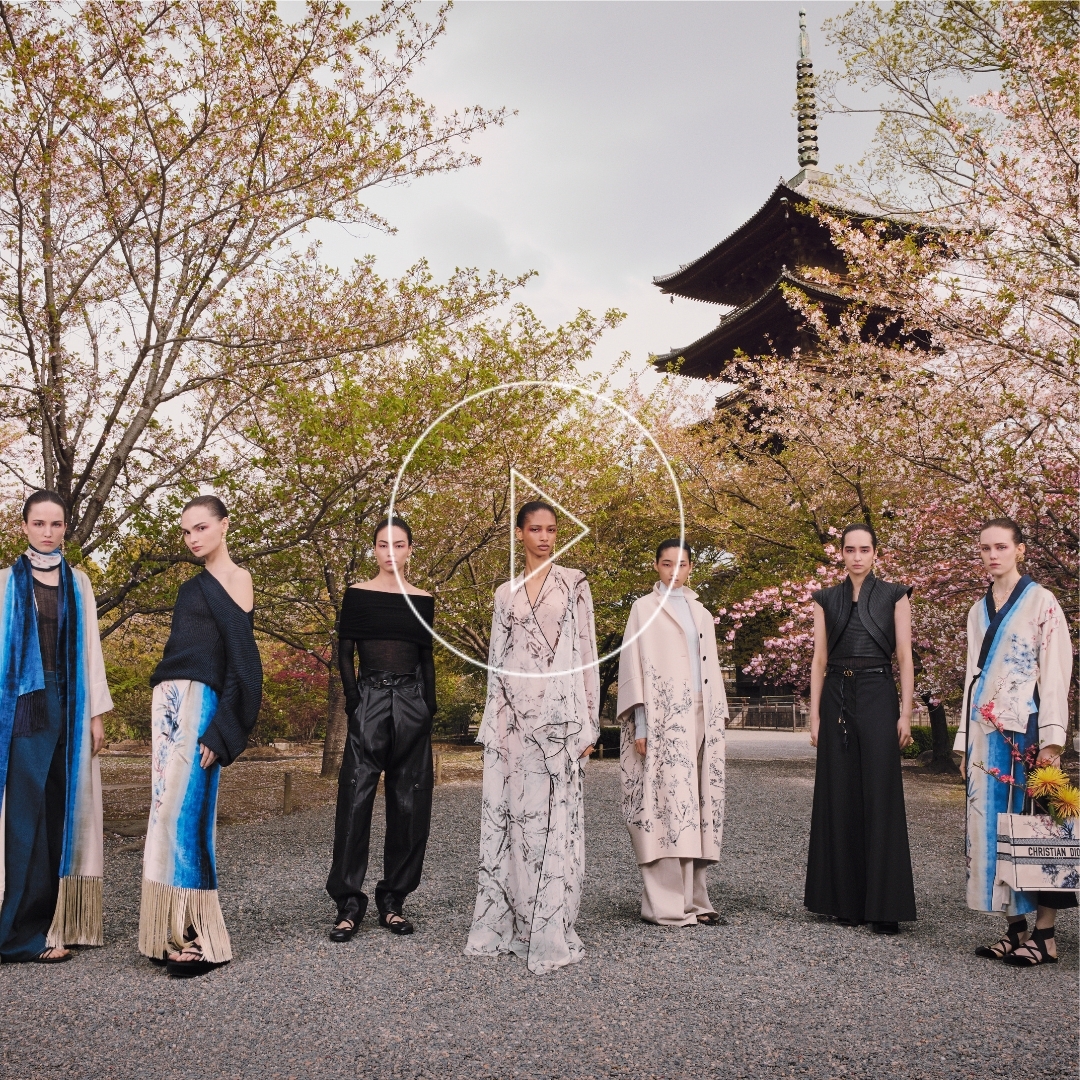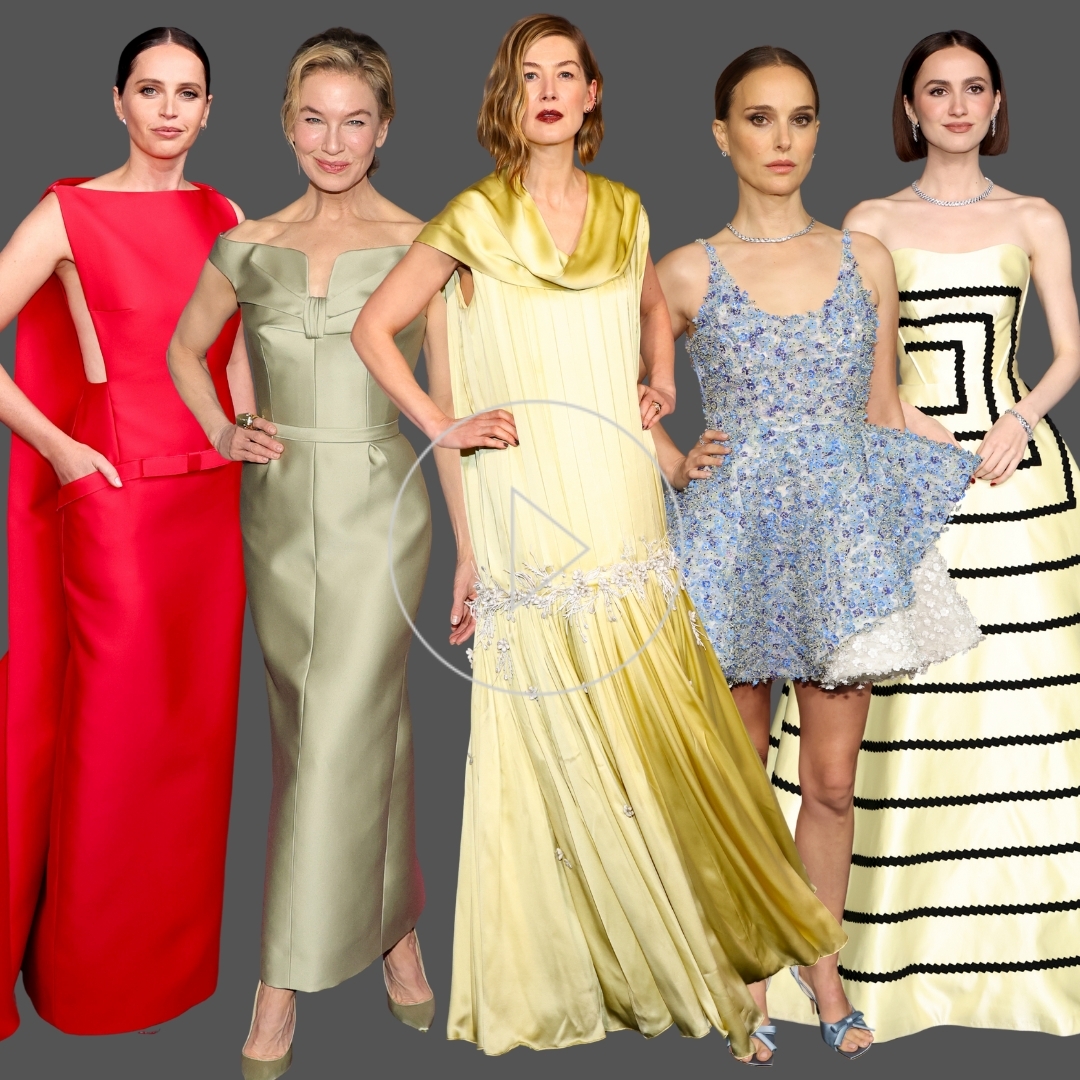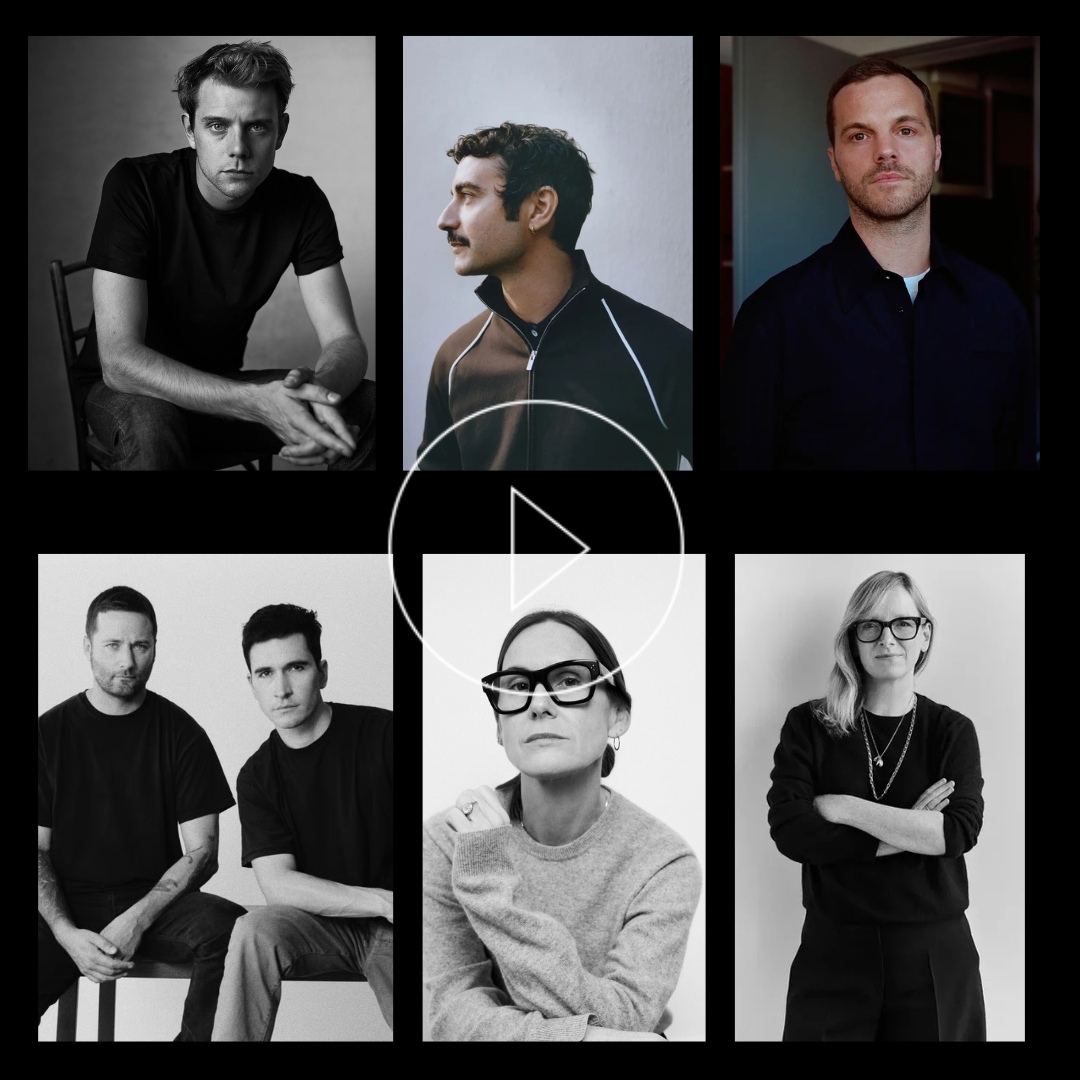Verdura Jewellery: The Aristocratic Designer Behind Chanel’s Iconic Maltese Cross Cuffs

You may not immediately recognise the name Verdura Jewellery, but you certainly know its most famous creation. The bold white enamel cuffs set with oversized Maltese crosses in coloured gemstones, worn almost daily by Coco Chanel , were designed by one man: Fulco di Verdura.
An Italian aristocrat with impeccable taste and little interest in commercial success, Verdura helped redefine modern jewellery in the 20th century. Working first for Chanel in Paris and later from his own salon in New York, he introduced colour, symbolism, and intellectual design into a world still dominated by diamonds and pearls. His work sits at the intersection of aristocratic heritage, avant-garde fashion, and timeless luxury, a combination that continues to define Verdura Jewellery today.
Fulco di Verdura: An Aristocratic Childhood That Shaped a Vision
Born in 1898 in Sicily, Fulco Santostefano della Cerda, Duke of Verdura and Marquis of Murata la Cerda, grew up surrounded by the faded grandeur of Italian aristocracy. His childhood unfolded in his grandmother’s country estate near Palermo, a world of palazzos, art, animals (including baboons and even a camel), and unapologetic eccentricity.
Creativity ran in the family. His cousin was Giuseppe Tomasi di Lampedusa, author of The Leopard, later immortalised on screen by Visconti. It was here, in Sicily, that Verdura developed his lifelong fascination with colour, symbolism, nature, and drawing, the foundations of his future jewellery language.

From Venetian Palazzos to Chanel’s Inner Circle
In 1919, Verdura met composer Cole Porter and his wife, Linda. Their friendship would change everything. In 1925, at a legendary party in the Porters’ Venetian palazzo, Verdura was introduced to Coco Chanel.
Chanel was immediately captivated, not just by his aristocratic ease, but by his sharp wit, visual intelligence, and refined irreverence. She invited him to Paris to work for Chanel, initially designing textiles, before quickly realising his true talent lay elsewhere.
Verdura and Chanel: The Birth of the Maltese Cross Cuffs
Once in Paris, Verdura began reworking Chanel’s personal jewellery collection. What emerged was revolutionary. He treated costume jewellery with the same intellectual rigour as fine jewellery, bold proportions, symbolic motifs, and daring colour combinations.
His most famous creation remains the Maltese Cross cuffs: white enamel, sculptural scale, and vibrant stones inspired by Byzantine art and his Sicilian heritage. At a time when diamonds and pearls dominated, Verdura mixed coloured gemstones with enamel, shells, and wood, redefining modern luxury as expressive, not ostentatious.
Long before the term “statement jewellery” existed, Verdura had mastered it.
New York Society, Hollywood, and Verdura’s Inner Circle
After eight influential years at Chanel, Verdura moved to New York and opened his own salon with backing from Cole Porter and Vincent Astor. Verdura Jewellery quickly became the ultimate insider address.
His clients read like a roll call of 20th-century style: Marlene Dietrich, Greta Garbo, Katharine Hepburn, Joan Crawford, Paulette Goddard, and Millicent Rogers. Society icons followed, the Duchess of Windsor, Mona von Bismarck, the Astors, the Vanderbilts, Princess Grace of Monaco, Diana Vreeland, and Jackie Kennedy.
Verdura himself became part of the spectacle: impeccably dressed, devastatingly witty, and famously uninterested in commercial ambition.

Anti-Commercial Luxury: Why Verdura Rejected Mass Production
Verdura rejected mass production outright. He designed jewellery as portraits, personal, symbolic, and often made for friends rather than clients. Money never interested him; style did. He never became wealthy, but he lived surrounded by beauty, intellect, and loyalty, an aristocrat to the end.
His closest muse and companion was socialite Babe Paley. Together, they embodied a kind of effortless glamour that no marketing strategy can manufacture.
Verdura Jewellery Today: Preserving a Cultural Legacy
Verdura retired in 1973 and later moved to London, where he painted until his death. In 1985, the Verdura jewellery house was acquired by Ward Landrigan, former head of Sotheby’s jewellery division in the US (Sotheby’s).
Under Landrigan, Verdura Jewellery has remained fiercely faithful to its founder’s ethos: small-scale production, archival integrity, and uncompromising craftsmanship. The house continues to reinterpret Verdura’s original designs, not as nostalgia, but as timeless modern luxury.

Why Verdura Still Matters
Verdura is not a trendy jewellery brand. It never was. It represents a rare intersection of aristocratic heritage, artistic freedom, and intellectual design, jewellery for women (and men) who understand that true luxury is cultural, not performative.
In an era obsessed with logos, Verdura remains a code, if you know, you know.
Frequently Asked Questions About Verdura Jewellery
| Who designed Chanel’s Maltese Cross cuffs? | The iconic Maltese Cross cuffs worn by Coco Chanel were designed by Fulco di Verdura during his time as Chanel’s jewellery designer in the late 1920s and early 1930s. |
| Is Verdura Jewellery still produced today? | Yes. Verdura Jewellery still exists as an independent house, continuing to produce jewellery based on Fulco di Verdura’s original designs with a strong focus on craftsmanship and limited production. |
| Was Verdura a fine jewellery or costume jewellery designer? | Verdura worked across both worlds. While many of his Chanel designs are considered costume jewellery, his later work in New York included fine jewellery using precious gemstones — always prioritising design over material value. |
| Why is Verdura Jewellery considered important in jewellery history? | Verdura was one of the first designers to treat jewellery as a form of modern artistic expression. His use of colour, scale, symbolism, and unconventional materials helped redefine what luxury jewellery could be. |
Photos via Verdura and Wikimedia Commons.
SHARE




















